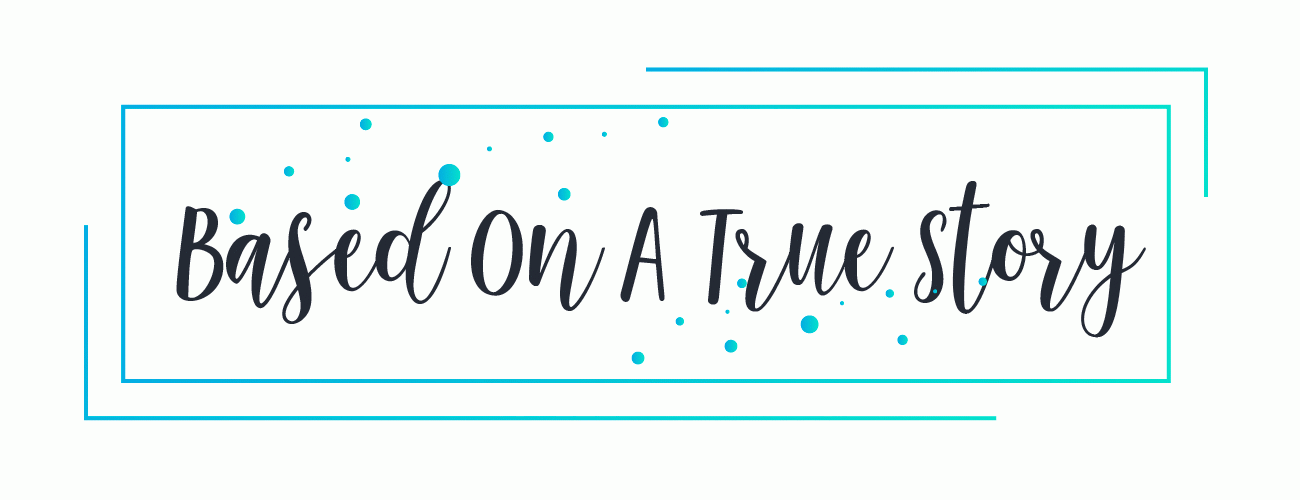
Freedom's Daughters
by Lynne OlsonGenres: 20th Century, Civil Rights, History, Nonfiction, Political Science, Social Science, United States, Women's Studies
Published on 2001
Pages: 460
Format: Hardcover Source: Library
Buy on Amazon

The first comprehensive history of the role of women in the civil rights movement, Freedom's Daughters fills a startling gap in both the literature of civil rights and of women's history. Stokely Carmichael, Andrew Young, John Lewis, and other well-known leaders of the civil rights movement have admitted that women often had the ideas for which men took credit. In this groundbreaking book, credit finally goes where credit is due -- to the bold women who were crucial to the movement's success and who refused to give up the fight.
I found this book because I wanted to find out more about Diane Nash, who was featured in the movie Selma.
The book starts with Ida B. Wells who was a journalist in the 1800s reporting on lynching.
After the Civil War, black women were able to apply their educations in jobs such as teaching more readily than black men were allowed. These educated women organized social services and groups to fight against injustice. The backlash came swiftly. Black pastors accused them of being too powerful and taking on roles that should be filled by men. The sexism grew.
“Once male slaves were freed, they sought to claim what they saw as those rights of ownership, particularly control over black women to which white men had previously laid claim.” pg 44
It was women who kept pressing for more rights during the early 1900s. Pauli Murray and Eleanor Roosevelt were featured among others.
A recurring theme is that women would start a project and then when it was getting successful, men would come in and take over.
“News coverage, which the leaders sought, was, as Murray pointed out, a matter of men reporting on men. Stories on the movement often read like accounts of sports contests or wars, keeping score of who was up and who was down, who won an dwho lost. Conflict was always emphasized, whether between civil rights organizations or between local white aurthorities and activitis. The behind-the-scenes activity that women specialized in – organizing, building consensus, sustaining a sense of community – did not make good television, nor did it lend itself to dramatic newspaper or magazine headlines. page 235
During the 1960s black and white women worked together in most of the major campaigns. Opposition to Civil Rights was often because of fears of black men sleeping with white women. For this reason, white women were often kept in the office and not allowed to go out into the field with black men. They started to chafe under the restrictions of their “women’s work.” Black women often did not see their point about sexism because they didn’t have the same prohibitions. This led to splits in organizations and several of the white women who had been very involved in the Civil Rights movement started working with feminist organizations. This disconnect between black and white women over sexism can still be seen in discussions today around race and feminism.
I learned about women that I didn’t know anything about previously, including Diane Nash. She was incredible!
This book was a good compliment to the Rosa Parks biography I read. I’d recommend this for anyone interested in women’s history that they may not have heard before.
 |



[…] My review of Freedom’s Daughters […]
Hopping over from the Nonfiction Reading Challenge….(still)
Another book my Diversity Book Club would like.
We read At the Dark End of the Street by Danielle McGuire with a similar topic. The McGuire book was brutal in parts because it talks about how women’s activism was rooted in resistance to rape, but it was one of the most enlightening books we’ve read.
[…] Freedom’s Daughters by Lynne Olson – Nonfiction about the women of the Civil Rights movement […]
GREAT review ! i might have to check this one out after i go see Selma! i’ve been meaning to see that movie since it came out, but haven’t gotten around to it yet!